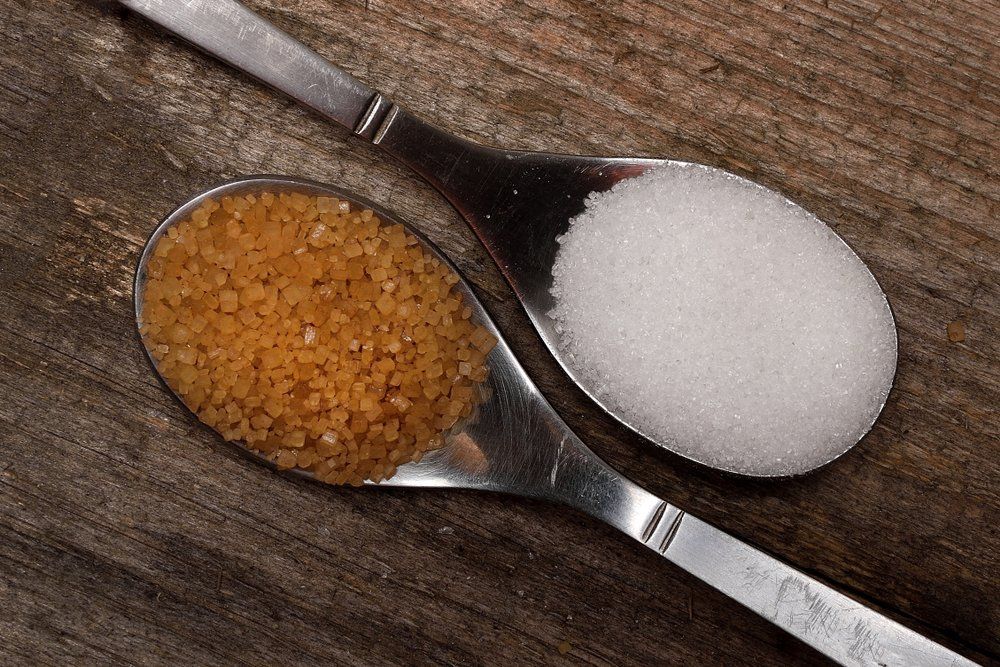Many health-conscious buyers wonder if beet sugar vs cane sugar makes a difference in dietary impact.
Many health-conscious buyers wonder if beet sugar vs cane sugar makes a difference in dietary impact.
Blog Article
Discover the Uses and Conveniences of Beet Sugar Vs Cane Sugar in Your Daily Diet
Discovering the distinctive high qualities of beet and cane sugar discloses even more than just their sweetening capabilities; it highlights their one-of-a-kind effect on health and culinary arts. Beet sugar, known for its subtle taste, is usually preferred in delicate treats, whereas cane sugar, with its tip of molasses, adds richness to durable dishes. Each type holds its own nutritional account and glycemic implications, welcoming a deeper understanding of their roles in a well balanced diet plan and lasting consumption methods.
Origin and Production Processes of Beet and Cane Sugar

The distinct climates and soil kinds required for growing sugar beetroots and sugarcane add to distinctions in their cultivation practices and geographical circulation, influencing the business economics and sustainability of their production. beet sugar vs cane sugar.
Nutritional Comparison Between Beet Sugar and Cane Sugar
Despite stemming from various plants, beet sugar and cane sugar are nutritionally very similar, both mostly consisting of sucrose. Each offers about 4 calories per gram, translating to about 16 calories per teaspoon. Structurally, both sugars are composed of about 99.95% sucrose, with very little amounts of other compounds like dampness and trace element, which do not considerably change their dietary profiles.
Inevitably, when picking between beet sugar and cane sugar based on dietary material alone, both deal similar advantages and downsides as they are basically types of the same particle-- sucrose, supplying quick energy without various other nutrients.
Effect On Health And Wellness: Glycemic Index and Caloric Material
Exploring further right into the effects of beet sugar and cane sugar on health and wellness, it is crucial to consider their glycemic index and caloric web content. The glycemic index (GI) of both beet and cane sugar is around 65, classifying them as high-GI foods, which can create fast spikes in blood glucose degrees.
Each type of sugar consists of around 4 calories per gram, making their calorie content equivalent. For those keeping an eye on caloric consumption, specifically when managing weight or metabolic health conditions, understanding this equivalence is crucial (beet sugar vs cane sugar). Too much usage of any high-calorie, high-GI food can contribute to health and wellness concerns such as excessive weight, heart illness, and insulin resistance.
Environmental and Economic Considerations of Sugar Production
Beyond wellness effects, the production of beet and cane sugar likewise raises significant environmental and financial issues. Sugar beet growing wikipedia reference has a tendency to need cooler climates and has a lower geographical impact contrasted to sugar cane, which flourishes in tropical areas.
Furthermore, using chemicals and fertilizers in both beet and cane sugar Click This Link farming can bring about dirt deterioration and contamination, further impacting biodiversity and local water bodies (beet sugar vs cane sugar). The choice between cultivating sugar beet or cane commonly rests on regional environmental conditions and financial aspects, making the sustainability of sugar manufacturing a complicated problem
Culinary Applications and Flavor Differences
While the environmental and financial aspects of sugar manufacturing are undoubtedly significant, the choice in between beet and cane sugar likewise affects culinary applications and flavor accounts. Beet sugar, derived from the sugar beet plant, is recognized for its extremely neutral taste.
Cane sugar, drawn out from sugarcane, frequently preserves molasses traces, which give a distinctive splendor and depth. This minor molasses flavor boosts the complexity of baked items, sauces, and marinades. It is specifically favored in products where a sugar undertone is wanted, such as in brownies or gingerbread. The small variation in dampness web content between beet and cane sugar can impact the structure and uniformity redirected here of recipes, making cane sugar a preferred option for certain dishes that profit from its unique homes.

Verdict
To conclude, both beet and cane sugar have distinctive beginnings and production processes, supplying comparable nutritional profiles with slight distinctions in sodium web content and taste. While their influence on health and wellness, particularly regarding glycemic index and calories, is equivalent, the selection between them often comes down to environmental, financial aspects, and details culinary demands. Understanding these aspects can lead consumers in making informed choices that align with their health and wellness goals and taste preferences.
Report this page